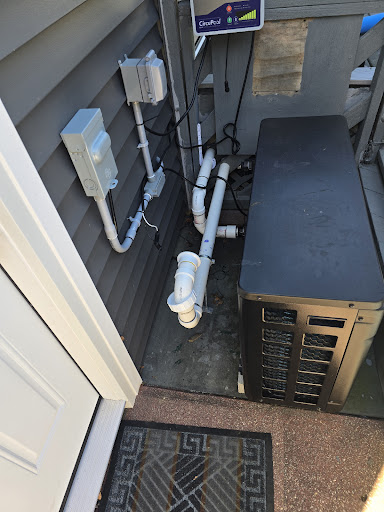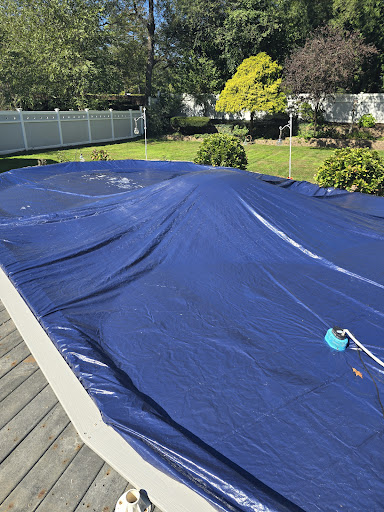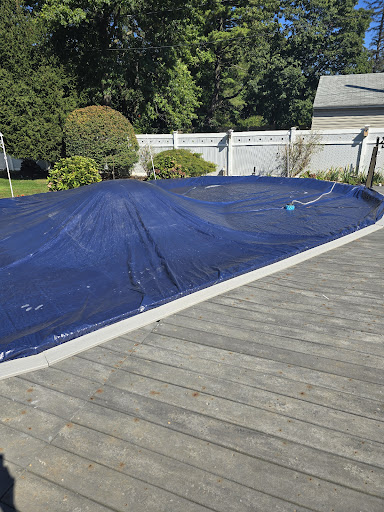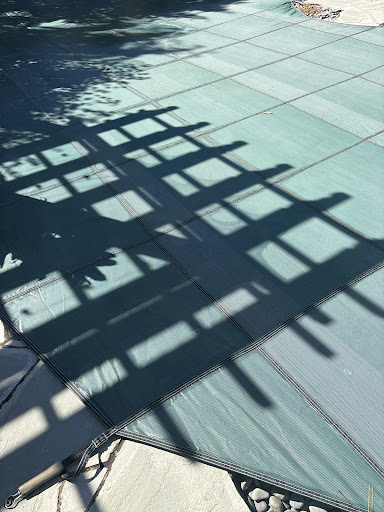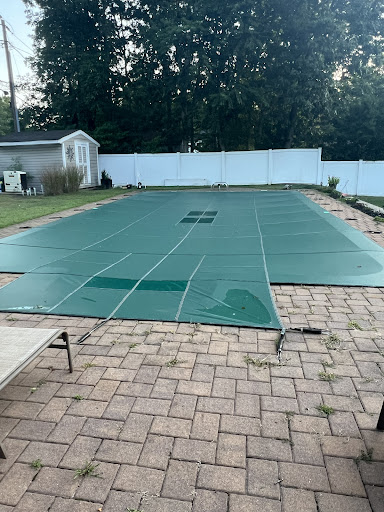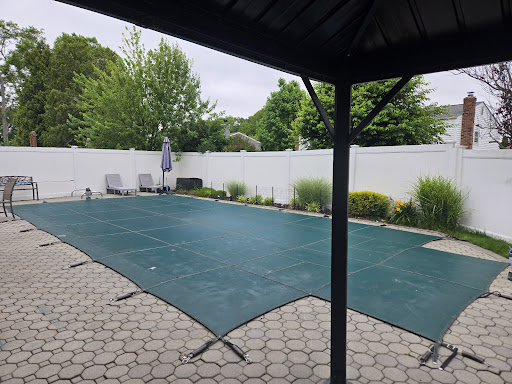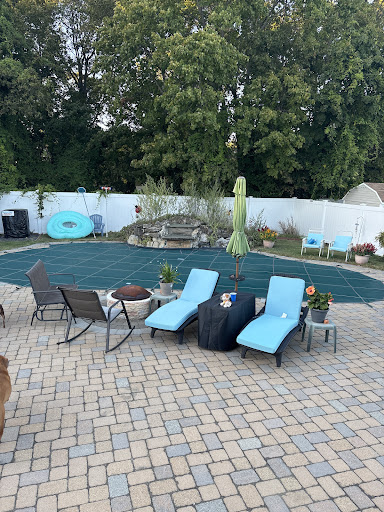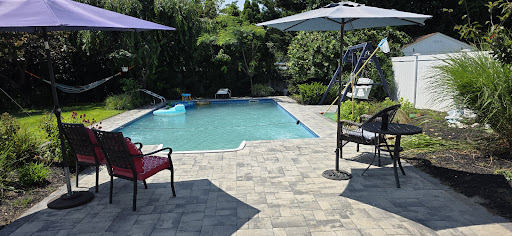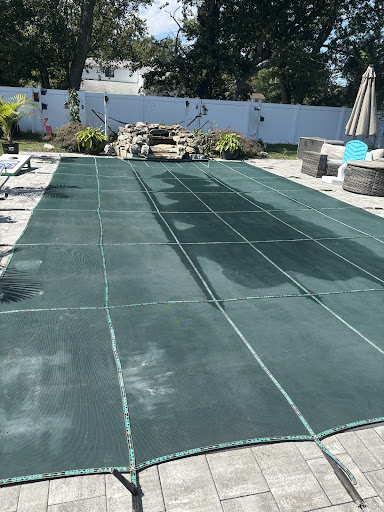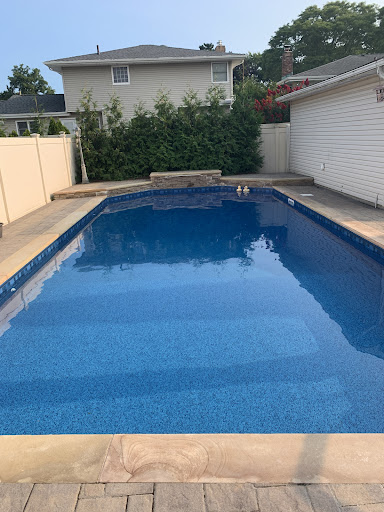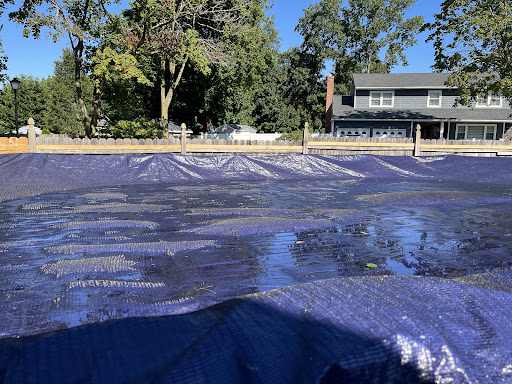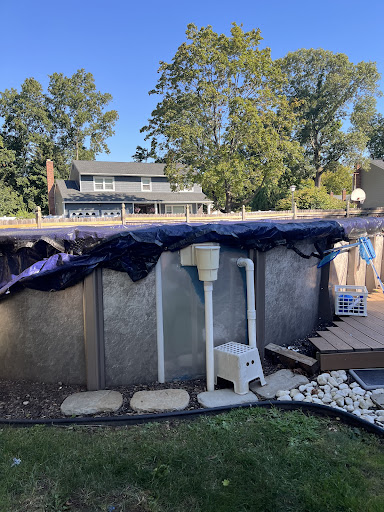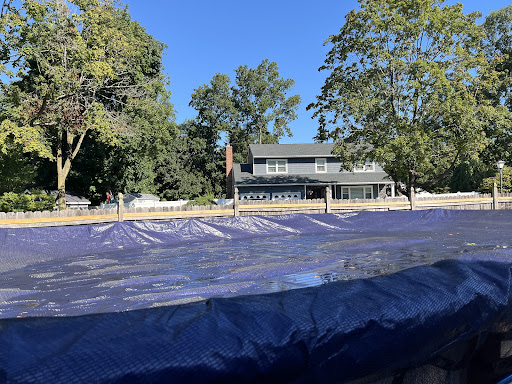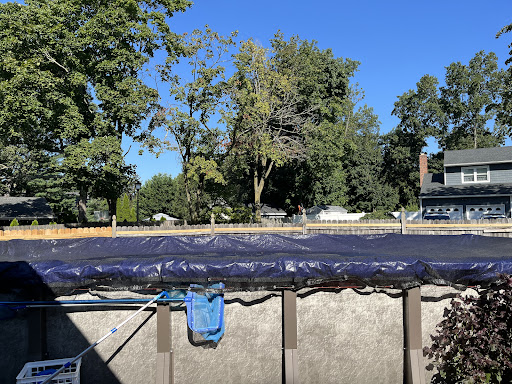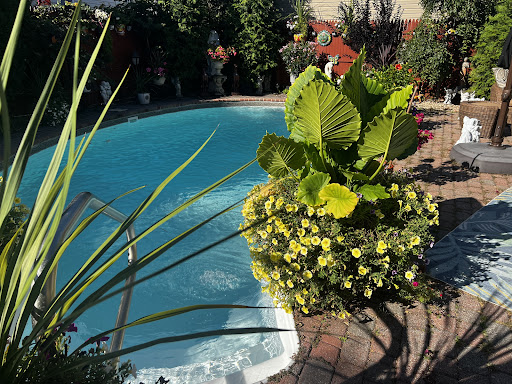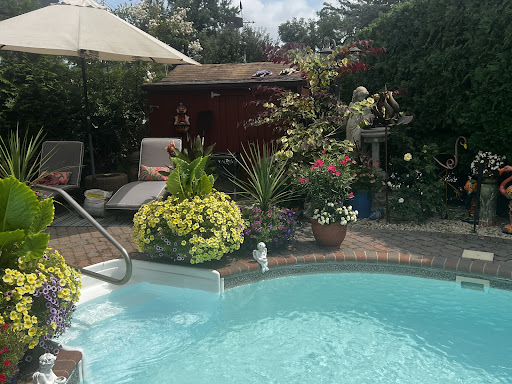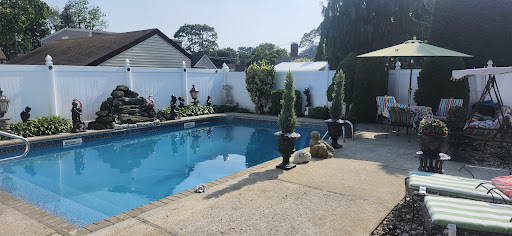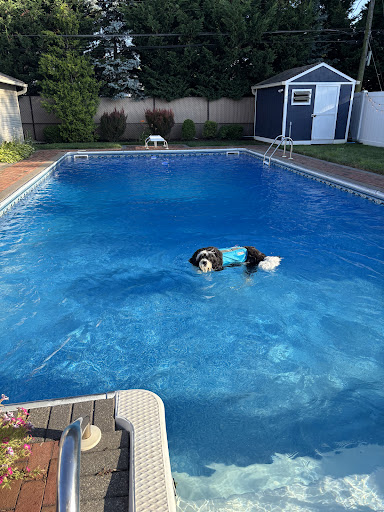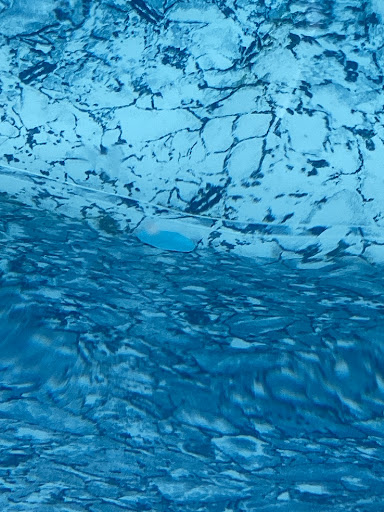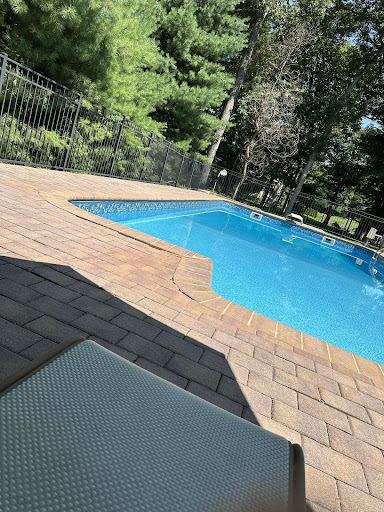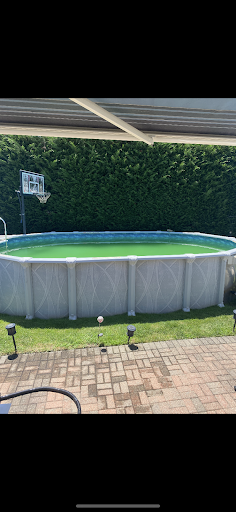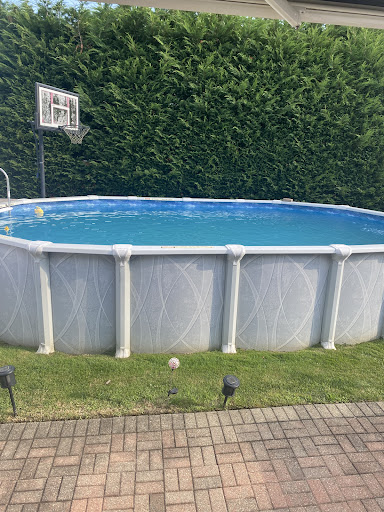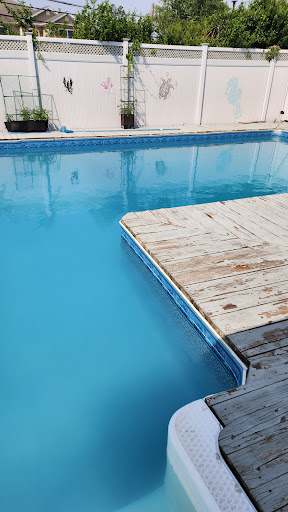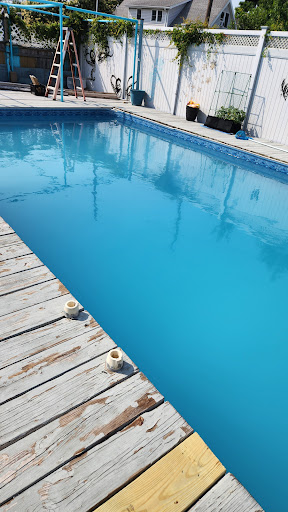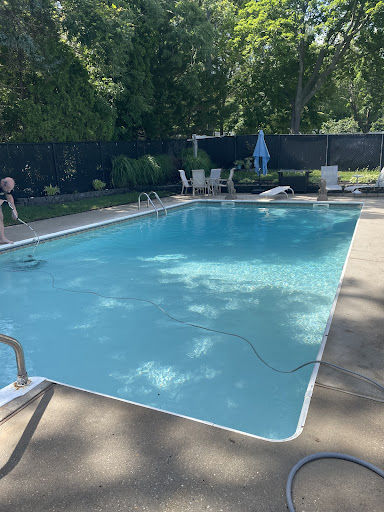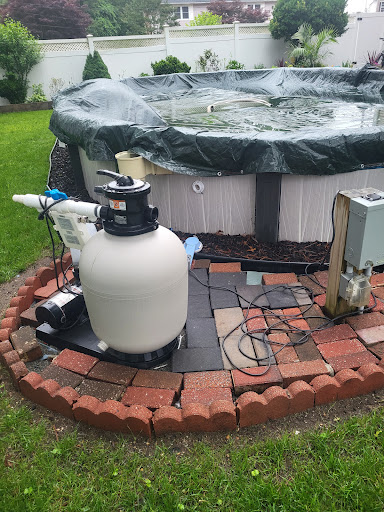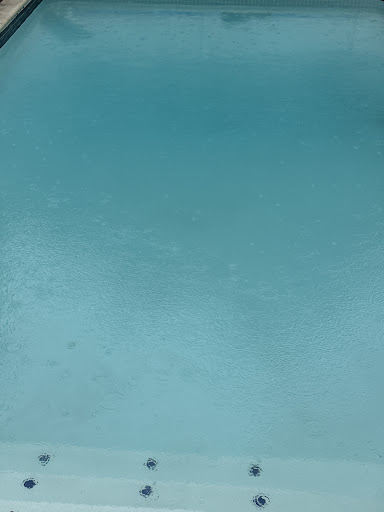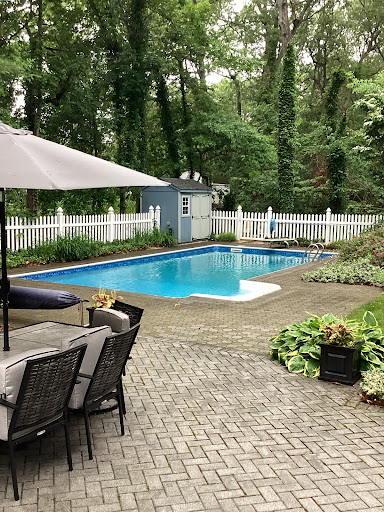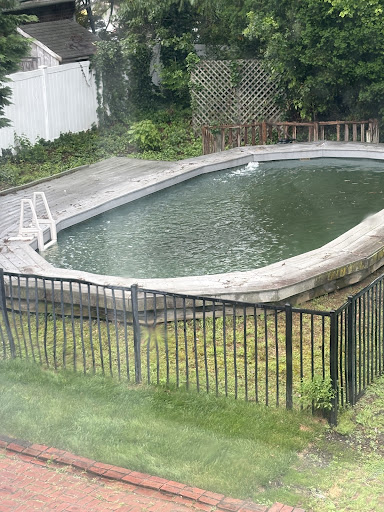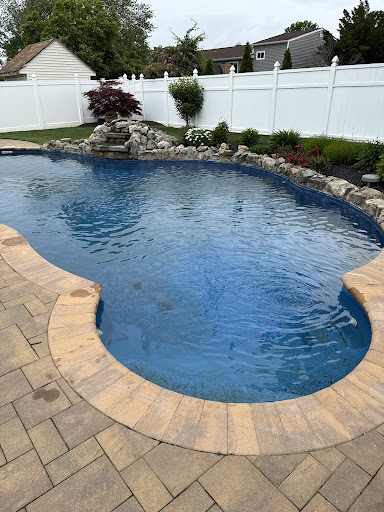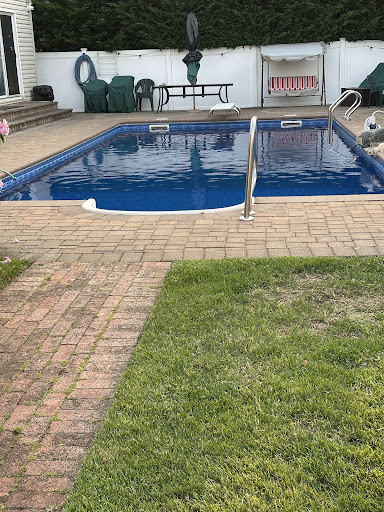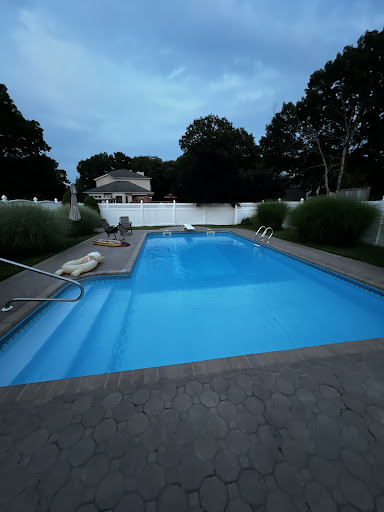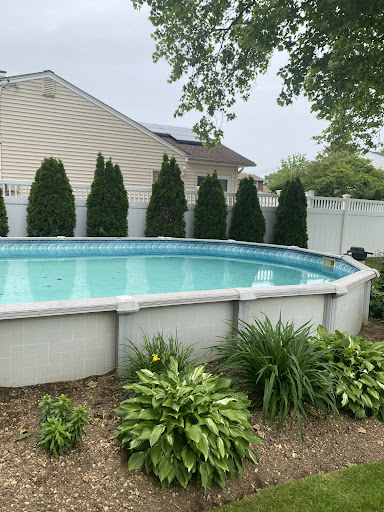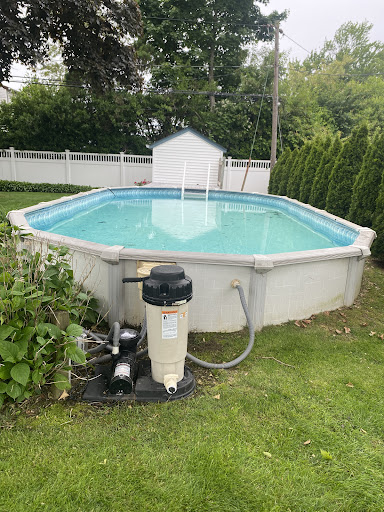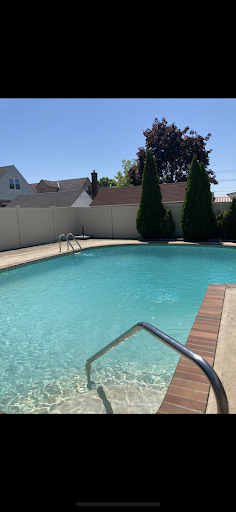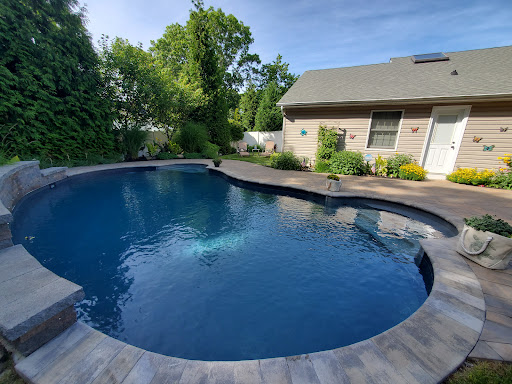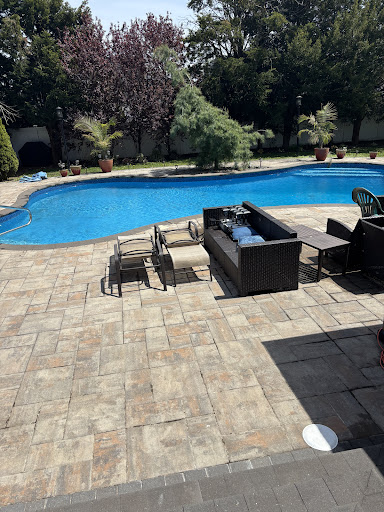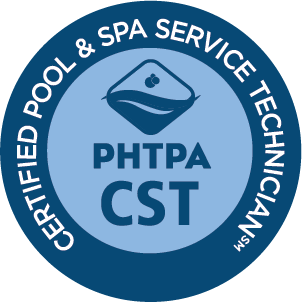LEAK DETECTION • Long Island, NY
Pool Leak Detection on Long Island
Empire Pools pinpoints pool and spa leaks across Suffolk and Nassau using pressure testing, electronic acoustic listening, dye testing, and line isolation.
We determine whether loss occurs with the pump on or off, verify the daily loss rate, and systematically test skimmers, returns, lights, main drain, and equipment lines.
Our techs document findings with photos, mark locations on-site, and provide clear repair options so you stop guessing and start fixing.
What to Expect
Built for Long Island Conditions
We begin with symptom intake (autofill status, recent work, loss with pump on/off) and verify water-loss rate.
Using dye testing, we check suspect areas like skimmer throats, light niches/conduits, returns, and structural joints.
We isolate plumbing and perform controlled pressure tests with calibrated gauges and plugs, then use geophones/electronic listening to trace underground line leaks through decks, soil, or pavers.
If needed, we camera-inspect accessible conduits and check equipment (multiport, backwash, heater bypass) for bypassing.
You’ll receive a written report, photos, and marked locations, plus a straightforward estimate for repair options.
What’s Included
- Loss-rate verification and pump on/off diagnosis.
- Comprehensive dye testing (skimmer, returns, lights, main drain, joints).
- Plumbing isolation and pressure testing with calibrated gauges.
- Electronic acoustic leak locating (deck/soil/paver-friendly methods).
- Conduit/fixture checks and equipment pad inspection for bypassing.
- Location marking, photo documentation, and written report.
- Temporary minor sealing when appropriate (e.g., small liner pinholes) if feasible.
- Clear repair options and next-step estimate.
- Note: Excavation/repairs are quoted separately once the leak is located.
- Note: Multiple leaks or complex structures may require additional testing time.
Why Choose Empire Pools for Leak Detection
- Local expertise — sandy soils, paver decks, and shoreline wind exposure patterns on LI.
- Non-invasive methods first; precise line isolation to minimize digging.
- Calibrated pressure testing and professional acoustic pinpointing.
- Clear reports with photos and marked locations for fast repairs.
- Transparent pricing and options for permanent fixes.
- Proactive updates and text reminders for your appointment window.
- Satisfaction-focused follow-up to ensure issues are resolved.
Starting at $385 + tax
What Customers Say
★★★★★
“Near Shorefront Park in Patchogue they traced a light conduit leak in under an hour and marked the exact spot.” — L. Ortega, Patchogue
★★★★★
“Holbrook pool was dropping fast — pressure test found a return line leak under the pavers, pinpointed without lifting a field.” — R. Mancini, Holbrook
★★★★★
“They dye-tested a skimmer throat crack in Blue Point and gave me repair options with photos and pricing.” — K. Tran, Blue Point
★★★★★
“Medford kidney pool losing 1″/day — they isolated the main drain line and showed me how we could bypass it until repair.” — A. Patel, Medford
★★★★★
“On the South Shore in Massapequa they confirmed it was evaporation first, then found a tiny liner pinhole with dye — quick temporary seal.” — M. DeLuca, Massapequa
Leak Detection — FAQs
How do I know if it’s a leak or evaporation?
We start by verifying daily loss and comparing pump-on vs. pump-off. Evaporation varies with sun, wind, and humidity; our process rules that out before testing.
Can you find underground plumbing leaks?
Yes. We isolate and pressure test lines, then use electronic acoustic equipment to pinpoint locations through decks, soil, or pavers.
Do you repair the leak the same day?
Minor liner pinholes or simple sealing may be handled on-site. Structural fixes or underground line repairs are quoted and scheduled after locating.
Will you need to drain the pool?
Usually no. Most tests are performed with water in the pool. We’ll advise if a partial drain is needed for a specific repair.
How long does the visit take?
Typical diagnostics take 1–3 hours depending on complexity and number of suspected areas.

